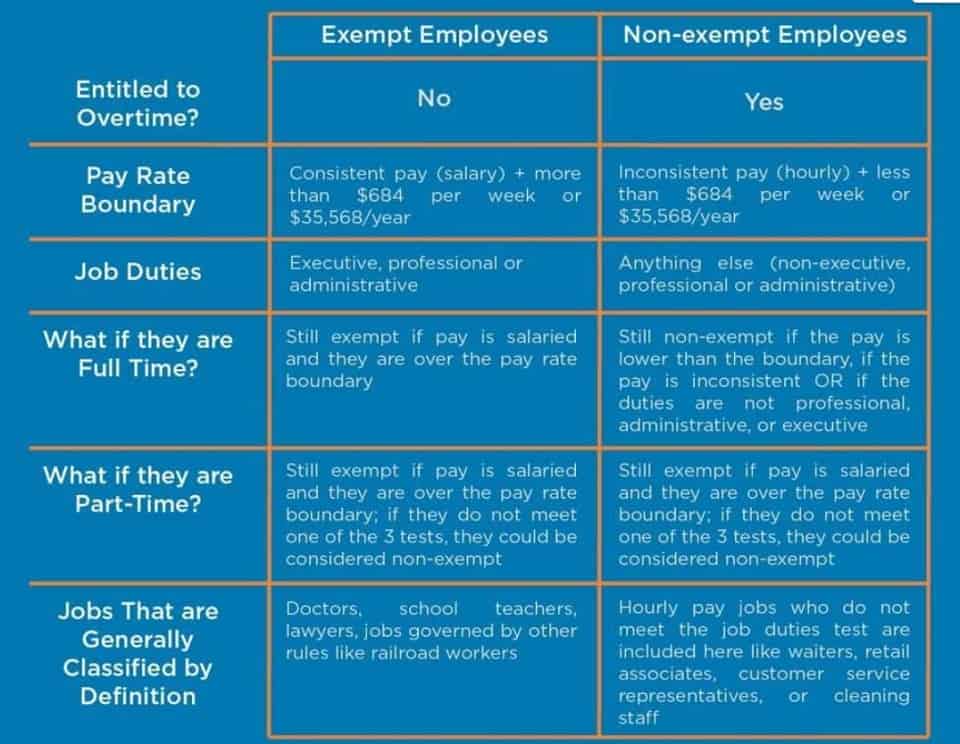
Companies with high equity multipliers are considered riskier as they have more debts to service, but they may also provide higher returns on equity if profitable. A higher equity multiplier ratio generally means a company is relying more heavily on debt financing relative to equity financing. High equity multiplier indicates a higher degree of financial risk, since the company is more reliant on debt financing. Low equity multiplier indicates a lower degree of financial risk, since the company is more reliant on equity financing. For example, an equity multiplier score of 3 indicates that for every $1 of equity, $3 of assets have been financed. This shows that the company has utilised a significant amount of debt to finance its operations, making it a riskier entity to lend to.
- This financial leverage can boost returns if the return on assets (ROA) exceeds the interest rate on debt.
- Equity multiplier does not take into account interest payments on debt, types of debt a company has, or types of equity a company has.
- The equity multiplier is a financial ratio that measures a company’s financial leverage by comparing its total assets to shareholders’ equity.
- ABC Company is an internet solutions company that supplies and installs internet cables in homes and business premises.
📆 Date: May 3-4, 2025🕛 Time: 8:30-11:30 AM EST📍 Venue: OnlineInstructor: Dheeraj Vaidya, CFA, FRM
- Learn financial statement modeling, DCF, M&A, LBO, Comps and Excel shortcuts.
- This also means that current investors actually own less of the company assets than current creditors.
- An organisation’s equity multiplier can be heavily influenced by its capital structure.
- In summary, while the multiplier has limitations like any single metric, it remains a vital tool for assessing financial risk and return potential.
- An equity multiplier of 2.5 for a company indicates that a significant portion of its assets are funded through debt financing rather than equity financing.
- For example, in the banking industry regulators often use the equity multiplier as a gauge of risk.
Like all liquidity ratios and financial leverage ratios, the equity multiplier is an indication of company risk to creditors. Companies that rely too heavily on debt financing will have high debt service costs and will have to raise more cash flows in https://www.bookstime.com/tax-rates/new-york order to pay for their operations and obligations. The equity multiplier helps us understand how much of the company’s assets are financed by the shareholders’ equity and is a simple ratio of total assets to total equity. If this ratio is higher, then it means financial leverage (total debt to equity) is higher. The use of equity multiplier in risk management comes from its ability to help companies understand their levels of risk and financial stability.

The Relationship between ROE and EM
- Evaluating this trend in tandem with profitability and growth metrics provides a robust picture of evolving business health.
- It is calculated by dividing the company’s valuation by the number of shares you own.
- Companies often use debt financing for growth or expansion, especially when the cost of debt is low.
- This post will clearly explain the equity multiplier formula, its meaning, and how to strategically use it to evaluate financial risk and return.
- Founded in 1993, The Motley Fool is a financial services company dedicated to making the world smarter, happier, and richer.
- Once you have the equity percentage, you can see financing between equity.
Higher equity multipliers typically signify that the company is utilizing a high percentage of debt in its capital structure to ledger account finance working capital needs and asset purchases. It provides valuable insights into the financial structure and risk profile of companies in these sectors. On the other hand, a lower equity multiplier suggests that the company adopts a more conservative financing strategy, thereby reducing its exposure to financial risk. Such firms are better positioned to manage meaningful financial crises and market downturns, enhancing their sustainability.
The equity multiplier and DuPont analysis

It shows that the company faces less leverage since a large portion of the assets are financed using equity, and only a small portion is financed by debt. The values for the total assets and the shareholder’s equity are available on the balance sheet and can be calculated by anyone with access to the company’s annual financial reports. On the other hand, company DEF, which is in the same sector as company ABC, has total assets of $20 million and stockholders’ equity of $10 equity multiplier million. This means company DEF uses equity to finance 50% of its assets and the remaining half is financed by debt. Suppose company ABC has total assets of $10 million and stockholders’ equity of $2 million.


In March 2016, Apple’s total assets stood at $305 billion, while the value of the shareholder’s equity stood at $130 billion. The equity multiplier formula is calculated by dividing total assets by total stockholder’s equity. Let’s compare Apple to Verizon Communications (VZ), which has a different business model. The company’s total assets were $366.6 billion for the fiscal year 2021, with $83.2 billion of shareholders’ equity.
What is the formula for the ROE equity multiplier?
Below is a break down of subject weightings in the FMVA® financial analyst program. As you can see there is a heavy focus on financial modeling, finance, Excel, business valuation, budgeting/forecasting, PowerPoint presentations, accounting and business strategy. Then, he needs to look at other aspects of the equation, i.e., the company’s operational efficiency and efficiency of the utilization of assets. In Assets To Shareholder Equity, we get a sense of how financially leveraged a company is.
